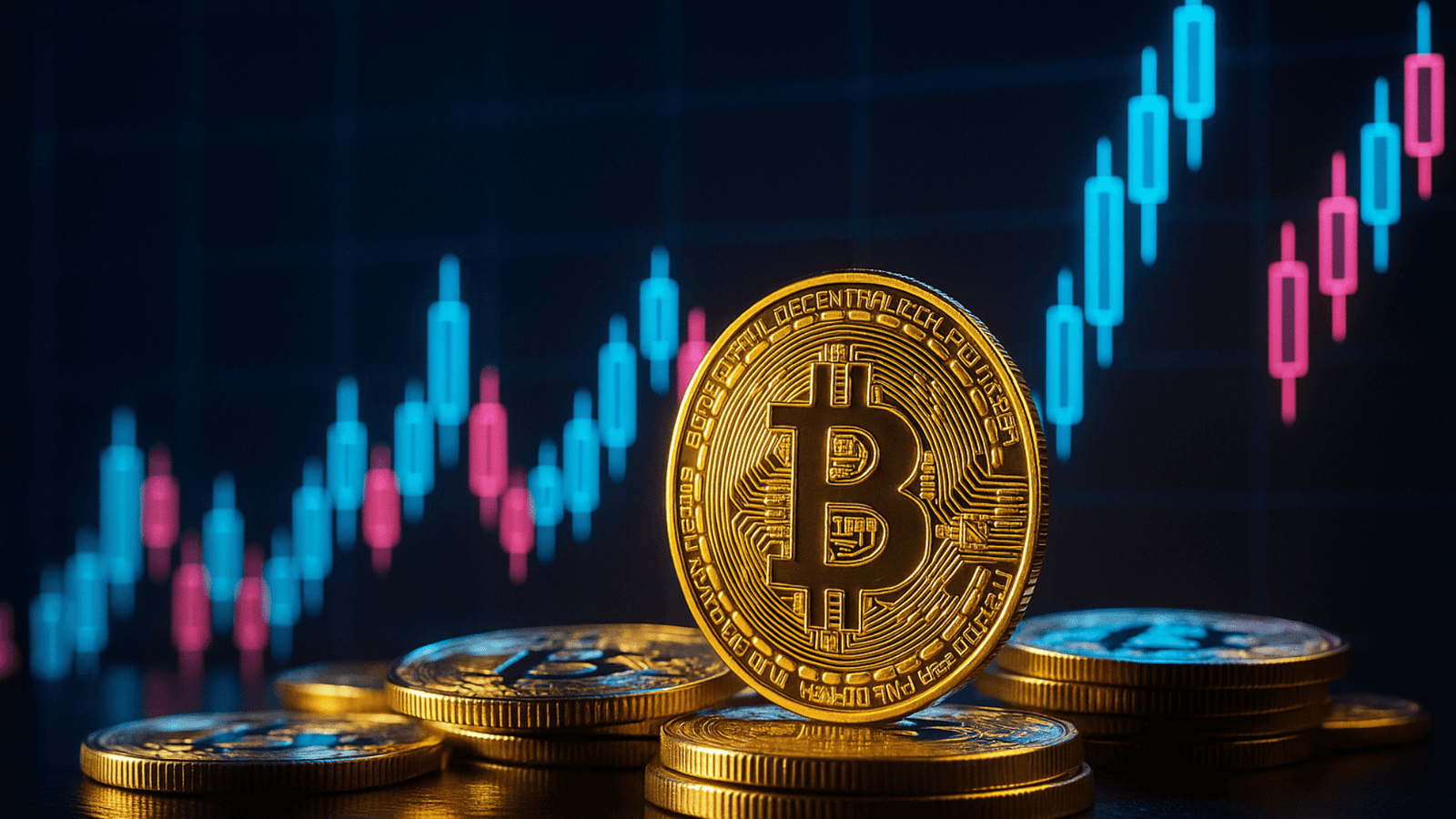
As of August 3, 2025, the cryptocurrency landscape is experiencing notable developments across regulatory frameworks, exchange platforms, and blockchain technologies.
Regulatory and Legal Updates
U.S. SEC Crypto Task Force Initiative
The U.S. Securities and Exchange Commission (SEC) has launched a new initiative to directly engage with small and medium-sized cryptocurrency startups. SEC Commissioner Hester Peirce will lead a nationwide outreach tour to gather input from smaller companies, helping shape future crypto regulations. The goal is to ensure that policies are fair, transparent, and considerate of the industry’s rapidly evolving needs. This move marks a positive shift toward more inclusive regulation in the crypto space. The outreach program will take place in cities across the U.S., starting this summer and continuing into the fall.
Source: CoinDesk
U.S. Treasury’s Support for Crypto Innovation
U.S. Treasury Secretary Scott Bessent recently made waves with a statement declaring the start of a “Golden Age of Crypto.” Bessent expressed the U.S. government’s commitment to fostering blockchain innovation and creating a regulatory environment that supports the growth of crypto. This is a significant shift from previous, more cautious approaches, and it highlights a newfound optimism surrounding the potential of blockchain technology in the U.S.
Source: Coin World
Stablecoin Legal Framework in the U.S.
The GENIUS Act, a new piece of legislation passed in the U.S., has brought much-needed clarity to the stablecoin market. Under the new law, stablecoin issuers must maintain 1:1 dollar reserves, register with the authorities, and comply with anti-money laundering (AML) regulations. This move gives the stablecoin market the regulatory clarity it has long been asking for, boosting confidence in these digital assets and laying the groundwork for further adoption.
Source: Decrypt
Exchange Platforms News
U.S. Banks Tighten Restrictions on Crypto Services
Major U.S. banks have started raising fees and restricting access for cryptocurrency services, a trend some are calling “Operation Chokepoint 3.0.” Big banks like JPMorgan have raised fees for transactions related to crypto exchanges, while others have blocked customers from linking their accounts to crypto platforms. These actions make it harder for users to move funds in and out of crypto exchanges. Despite this, platforms like Coinbase and Robinhood continue to grow, looking for ways to circumvent these banking restrictions.
Source: BeInCrypto
Coinbase Cybersecurity Incident
Coinbase, one of the largest cryptocurrency exchanges in the U.S., disclosed a cyber incident where a small group of employees was bribed to leak customer data. The hackers demanded a $20 million ransom, which Coinbase refused to pay. Instead, they reported the issue to law enforcement and fired the employees involved. While fewer than 1% of users were affected, the incident highlights the ongoing cybersecurity risks in the crypto space. Coinbase is now offering a $20 million bounty for any information leading to the capture of the hackers.
Source: PYMNTS/Bloomberg
Massive Crypto Heist Revealed
A 127,000 BTC hack, one of the largest in crypto history, was recently uncovered by blockchain analytics firm Arkham. The stolen Bitcoin was taken from the LuBian mining pool in 2020, and at the time of the theft, it was worth approximately $3.5 billion—now worth about $14.5 billion. The breach remained undisclosed until now, shedding light on the security challenges still facing crypto mining operations.
Source: BeInCrypto
Blockchain Technology Developments
Ethereum Layer-2 Innovations
Linea, a Layer-2 network built on Ethereum by ConsenSys, is preparing for several important upgrades to enhance scalability. These updates will include native ETH staking and a burning mechanism that destroys a small amount of ETH with each transaction. The goal is to improve Ethereum’s scalability by providing faster transactions and lower fees, which are key barriers to wider adoption. Additionally, 85% of Linea’s token supply will be allocated to grants and incentives, attracting more developers to the platform.
Source: AInvest/Coin World
Curve Finance Faces Layer-2 Strategy Debate
Curve Finance, a leading decentralized finance protocol, is evaluating whether it should continue expanding across multiple Layer-2 chains. A recent proposal suggests that Curve should focus more on Ethereum’s mainnet, citing challenges in profitability from its multi-chain strategy. With each Layer-2 network generating only modest fees, the proposal aims to prioritize Ethereum’s mainnet and possibly scale back its expansion to Layer-2 platforms. This debate reflects the difficulty that many DeFi protocols face in balancing growth and sustainability in the rapidly evolving blockchain landscape.
Source: BeInCrypto
The cryptocurrency industry is constantly evolving, and staying updated is key to understanding its ever-changing landscape. Keep reading to stay informed and ahead of the curve as new developments unfold in the world of digital assets.


























